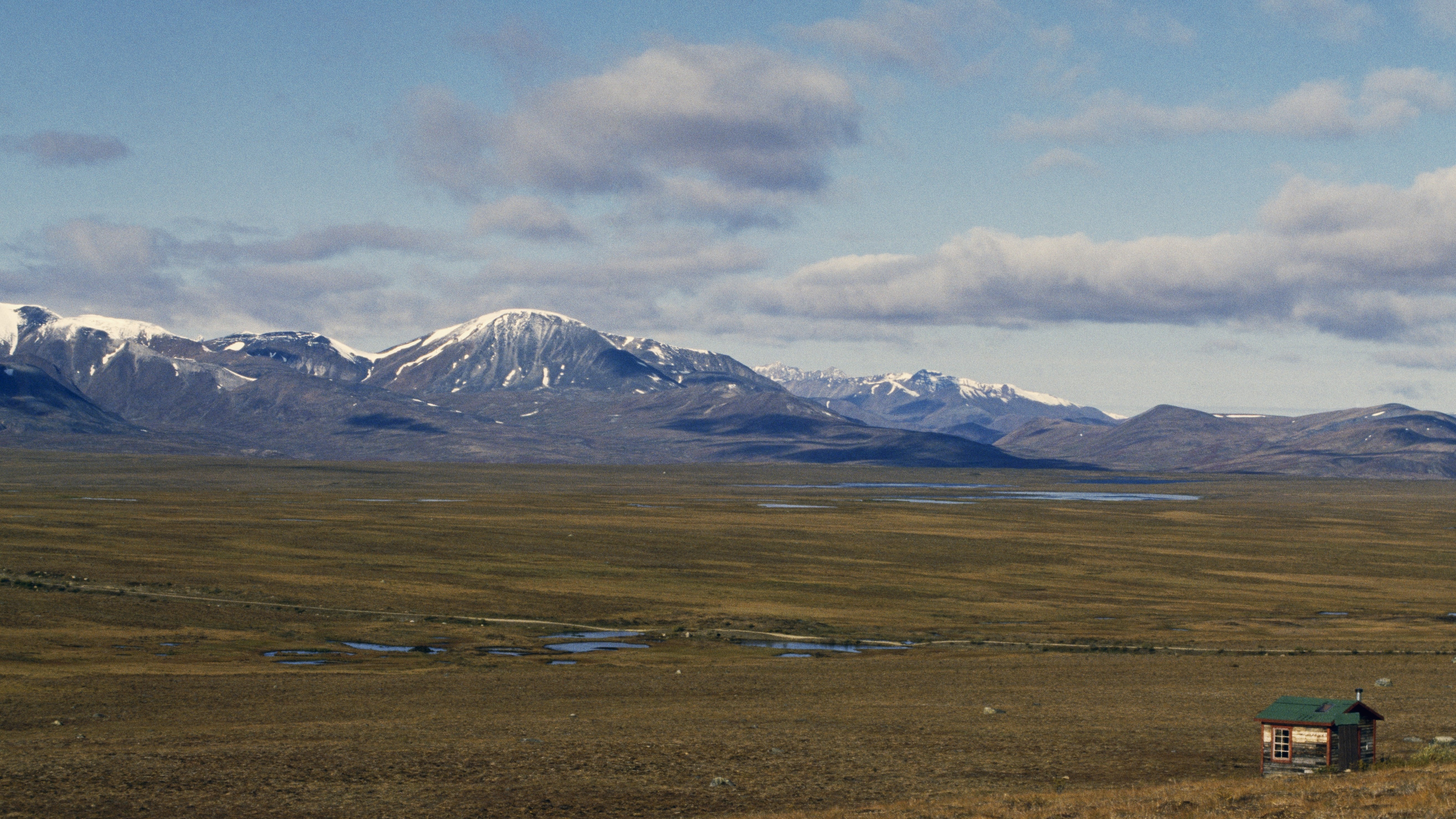Fool's Gold is driving a new accelerating climate feedback loop in Canada
The weathering of rocks in the Canadian Rockies is accelerating with rising temperatures, creating a feedback loop that is set to dump even more carbon dioxide into the atmosphere.

Fool's gold may be driving a disturbing climate feedback loop in the Canadian Arctic.
Erosion of rocks like pyrite, or fool's gold, releases carbon dioxide. And thanks to that weathering, CO2 emissions from Canada's Mackenzie River Basin could double by 2100, a change equivalent to half the current annual emissions from the country's aviation industry, a new study found.
Sulfide minerals like pyrite react with oxygen and other minerals to release sulfate and carbon dioxide. As warming causes more Arctic permafrost to thaw, more rocks are exposed to the atmosphere and weathered, creating a positive feedback loop in emissions. The researchers published their findings Oct. 9 in the journal Science Advances.
"The relationship with temperature appears to be exponential," co-author Robert Hilton, a professor of geology at the University of Oxford, told Live Science. "That means it appears to be accelerating as the region warms."
Scientists still don't know if there are natural brakes on this climate feedback loop, but better understanding how rates of weathering, and carbon dioxide emissions, will change in response to rising temperatures and environmental changes is crucial to predicting future warming.
Related: Greenhouse gas 80 times more potent than CO2 is rising in the atmosphere — and fast
To look for clues, the researchers took records of sulfate concentrations (sulfate, like CO2, is a product of sulfide weathering) and corresponding temperatures from 23 locations across the Mackenzie River Basin, the largest river system in Canada.
Get the world’s most fascinating discoveries delivered straight to your inbox.
They found that sulfate increased rapidly with temperature. Between 1960 and 2020, sulfide weathering increased by 45% as temperatures rose by 2.3 degrees Celsius (4.14 degrees Fahrenheit).
These chemical reactions appear to be occurring at their fastest rates in mountain regions where rocks are broken open by water seeping in and expanding as it freezes, a process known as frost cracking. They are slower in lowland regions where peat forms a protective layer between the rocks and the air, the researchers note.
But the exact extent of the problem is unclear, Hilton said. Sulfide rocks are believed to exist across the Arctic, including the Canadian Rockies, Svalbard and Greenland, but their concentrations remain understudied. Additionally, there could be other environmental factors, such as less permafrost melting or more soil forming, that could slow down this weathering.
"This could be if the landscape stabilizes, and we run out of minerals to react. This could be over 10s to 100s of years, we don't know," Hilton said. "We think the rates are highest where exposed rocks are weathering. This means settings where soil develops could see a slow down, for instance as the Arctic greens. But again, we lack data on the timescales of this response, and we don't see any slow down in our data."
The researchers are also investigating ways to mitigate this process.
"These reactions aren't just happening in the Arctic. They seem to be increasing in other places where rocks have been exposed by deforestation and land use change, for example in the European Alps," Hilton said. "In those locations it may be more feasible to consider solutions which have co-benefits — for example reforestation which could act to lower these rock mineral reactions and CO2 release, while building tree biomass and soil carbon stocks."
And while the weathering feedback loop is an important source of emissions in the region, it's probably a smaller problem than the release of methane and carbon dioxide from thawing permafrost, Hilton said.
"I would say it's important not to be too alarmist about this," Hilton said.

Ben Turner is a U.K. based writer and editor at Live Science. He covers physics and astronomy, tech and climate change. He graduated from University College London with a degree in particle physics before training as a journalist. When he's not writing, Ben enjoys reading literature, playing the guitar and embarrassing himself with chess.


